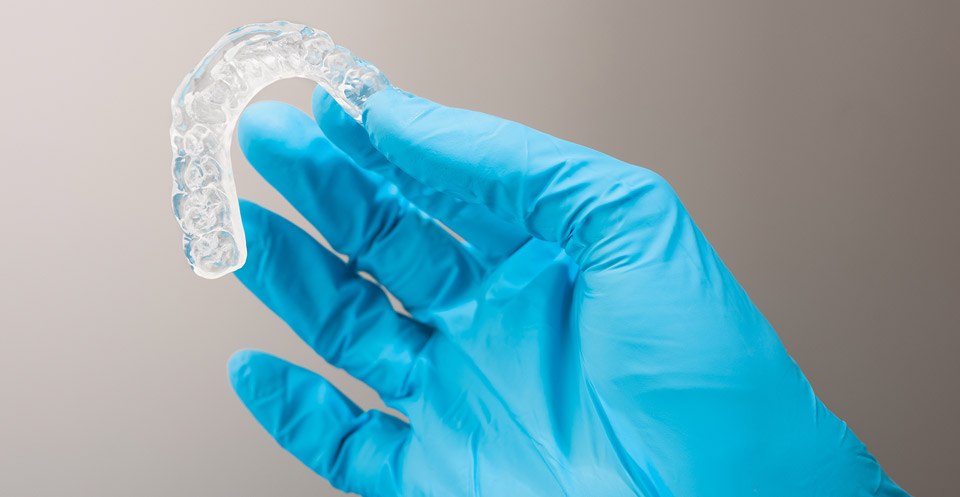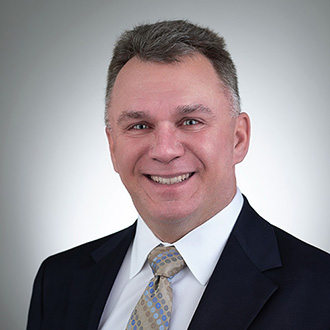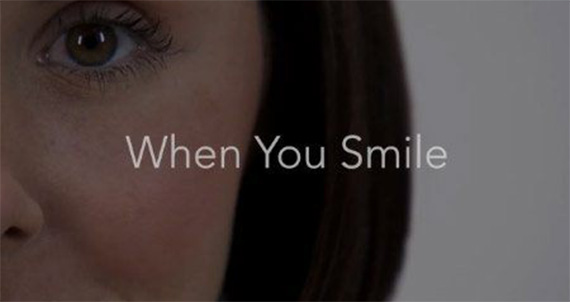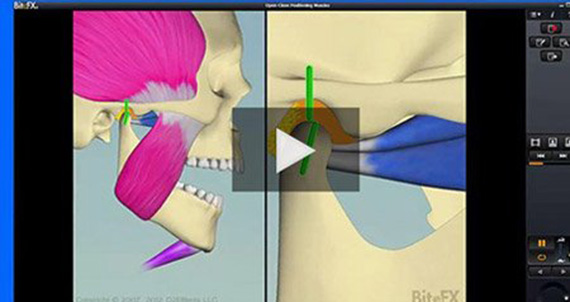
An occlusal splint is a specialized orthotic device used for people who grind their teeth, have problems with their temporomandibular joint, or have undergone a full mouth reconstruction. They work by relaxing the jaw muscles and protecting the teeth. Although occlusal splints are similar to mouth guards in their appearance, occlusal splints provide more vertical support and work to reposition the lower jaw to reduce symptoms. This repositioning also discourages parafunction behaviors, such as teeth grinding or clenching. There are different types of occlusal splints, including:
- Permissive
- Non-permissive
- Hydrostatic
- Soft rubber
Did You Know?
Occlusal splints can serve multiple purposes. First and foremost, occlusal splints serve a palliative purpose and can be used to relieve pain. They can also serve a diagnostic purpose by revealing symptoms. Finally, occlusal splints serve to protect the teeth from damage as a result of rubbing against one another.
Frequently Asked Questions:
Do I need an occlusal splint?
You may need an occlusal splint if you experience:
- Facial pain
- Earaches
- Sores on your tongue or inside the mouth
- Chipped or cracked teeth
- Tooth sensitivity
- Jaw pain or tightness
- Enamel erosion
- Headaches
If you are experiencing any of the aforementioned symptoms, you should schedule a consultation with your Knoxville TMJ dentists.
What do the different kinds of occlusal splints do?
- Permissive: allows the teeth to move freely over the biting surface
- Non-permissive: uses ramps or indentations to restrict movement over the biting surface
- Hydrostatic: separates the teeth
- Soft rubber: separates the teeth, but is made out of a softer material
The type of occlusal splint used to treat your case of TMD will be dependent upon the type and severity of your symptoms. Occlusal splints are customized for your dental needs and are specifically designed to combat your individual symptoms. Therefore, occlusal splint therapy is far more effective than over the counter nightguards.
What can I expect when undergoing occlusal splint therapy?
If your dentist recommends occlusal splint therapy, you can first expect to have an oral scan or dental impression taken of your mouth. This is then used to design an occlusal splint in such a way that it will address your grinding habits and reposition your jaw to reduce symptoms associated with temporomandibular joint disorder. In most cases, you will be advised to wear your splint at night when parafunction behaviors occur unconsciously. Although you will not notice anything because you are sleeping, the splint will keep your mouth positioned in a way that relaxes the muscles and alleviates morning discomfort.
Depending on how your body responds to treatment, you may also need to have adjustments made to your splint in order to achieve the best results. Your dentist can study the marks on your splint in order to determine how to adjust it. In some cases, a different type of splint may be tried to see if symptoms will improve.

Dr. Costa

Dr. Malone
Knoxville Smiles at Malone & Costa Dentistry offers a unique dental care experience to our patients in Knoxville, Tennessee, and the surrounding areas. The crew is committed to protecting and increasing the natural beauty of your smile by employing conservative, cutting-edge techniques that result in attractive, long-lasting smiles!
Our dedicated and experienced team of doctors includes Dr. Stephen Malone, D.M.D., University of Louisville, and Dr. Michael Costa, D.D.S., UNC School of Dentistry, M.H.A., UNC Gillings School of Global Public Health in Chapel Hill, NC. They are firm believers in continuing education to provide their patients with the finest possible care.
Drs. Costa and Malone see their patients as real partners in their service. Our team is committed to making your dental care journey as pleasant as possible.










